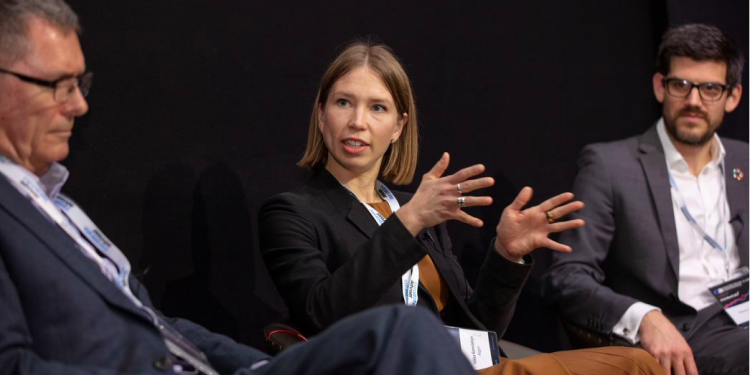The emergence of ‘green’ gilts could make other sovereign bonds less attractive to pension funds trying to meet their net-zero targets.
This was one of the points of discussed in a panel debate at the event, which looked at what investing to a net-zero target might mean for DC portfolios.
James Alexander, chief executive of the UK Sustainable Investment and Finance Association (UKSIF) welcomed the launch of green gilts by the UK government, but said this presented challenges when it comes to other sovereign bond investments — a key part of any DC portfolio.
“Historically normal sovereign bonds have covered everything. But now the government has started issuing green gilts. From an investor’s point of view the way that green gilts and bonds work is great: we know what this money will be invested in, it’s logged and recorded and traced every year. But does that mean everything you don’t want to be supporting is now more concentrated in the non-green or normal government gilts?”
Capital Cranfield professional trustee Andrew Warwick-Thompson said: “The green asset bubble has been talked about for some time, even before Covid. We have people moving away from certain stocks and bonds and moving into other types of stocks and bonds. But I don’t think there is any evidence of a bubble at the moment.”
However he said it is likely this will happen at some point in the future. He adds: “At some point you may have to just pay a premium to be good. We may need to keep an eye on that. We hope we’ll control that by saying that each one of our portfolios has a CPI+ benchmark. If we thought that this CPI+ was getting eroded by something that we were holding then we would have to think more seriously about it. But I am reassured at the moment that there isn’t a bubble, but maybe there will be next year or the year after.”
Aegon head of responsible investment Hilkka Komulainen said that the problem was that there were still too few listed companies or stocks that were aligned to net-zero targets. “If you look at your average index there are probably around 3 to 5 per cent that are aligned to the kind of Paris Agreement transition. The challenge is creating more of those kind of green assets. How can we grow these through venture capital and private equity and bring them into the listed space, and alongside this how can we ‘green’ existing listed companies.”





